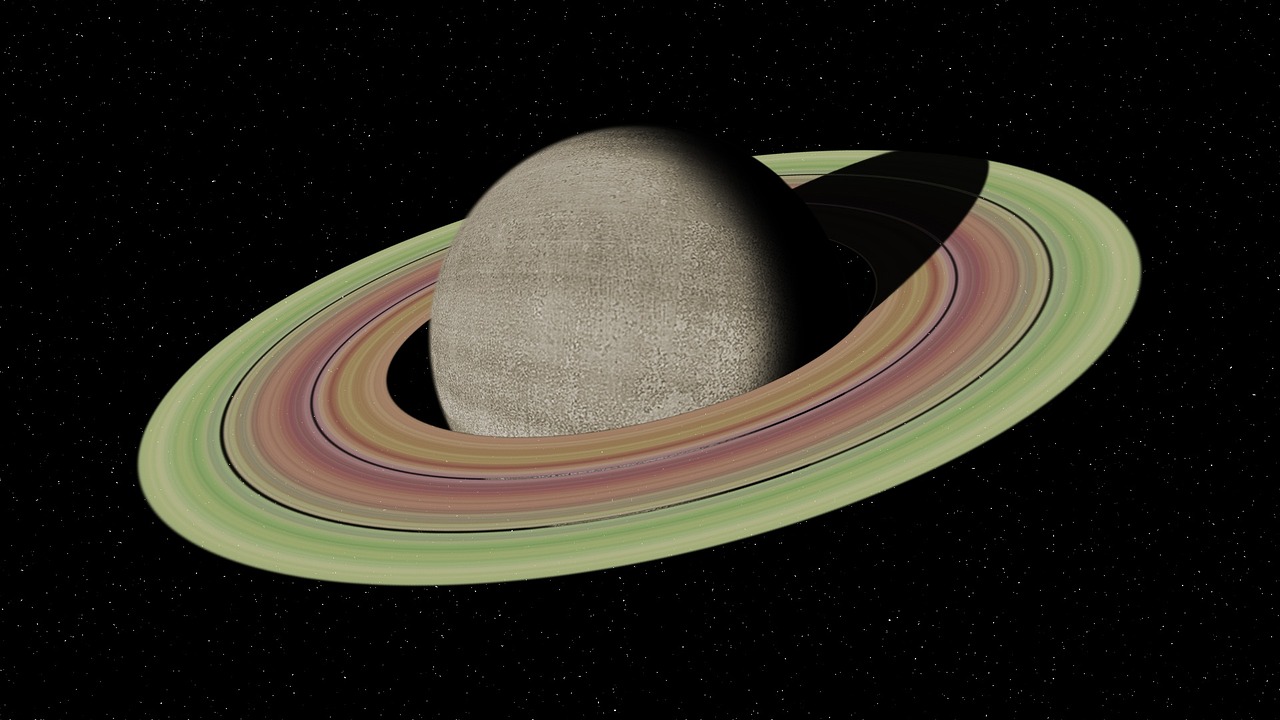Saturn, known in Roman mythology as Saturnus, bears similarities to his Greek counterpart, Cronus. Often illustrated in art with a scythe in hand, he is recognized primarily as a deity of agriculture, particularly in relation to seed corn. The Saturnalia festival, a major event in the Roman calendar named in his honor, underscored his significance, and a grand temple was established for him in the Roman Forum.
The Greek Background
In the tapestry of mythology, the narratives of Greek and Roman deities are deeply intertwined, presenting a unified set of stories to many observers. Although names differ—for example, Zeus transformed into Jupiter and Hades into Pluto—their functions and societal roles remain largely consistent. Following the Romans’ initial interactions with Greek culture, their own societal structure transformed dramatically, leaning toward Hellenization, sometimes against their will. The Romans held a profound admiration for Greek achievements, with affluent families often hiring Greek tutors for their sons. This influence extended into literature, art, philosophy, and above all, religion, forever altering the fabric of Roman culture. A striking instance of this religious evolution concerns Saturn, a figure who found refuge from Greece in the hills of Rome.
Certain scholars propose that Saturn has roots in Roman mythology predating the Greek influence, possibly linked to the Etruscan deity Satre, although such claims are largely unverified. As Greek religious beliefs melded into Roman culture, Saturn became closely associated with Cronus—the ruler of the cosmos famous for his act of swallowing his offspring. Cronus, born to Uranus (the sky) and Gaea (the earth), was ultimately banished from Mount Olympus following his defeat by Zeus and his brothers, Poseidon and Hades.
Saturn’s Reign in Latium
Roman folklore narrates that Saturn took residence in Latium, where Rome would later rise. His arrival was celebrated by Janus, the two-faced god representing beginnings and endings. In this new land, Saturn thrived, founding Saturnia, and presiding over a golden age characterized by prosperity and harmony. This era firmly linked him to agriculture, as he taught the locals about farming and grape cultivation, promoting a shift from their previous “barbaric” practices to a more civic-minded community.
The Celebrated Saturnalia
The legacy of Saturn in Roman history is encapsulated in two key aspects: his temple and the renowned festival of Saturnalia. The temple, constructed circa 498 BCE at the base of the Capitoline Hill, served as the repository for Rome’s treasury and the Senate’s legal documents. Though it fell into decay, it was renovated during Emperor Augustus’s reign. The Saturnalia, celebrated from December 17 to 23, coincided with the winter sowing of grain, although some suggest a connection to August instead. Despite Augustus’s attempts to shorten it to three days, subsequent emperors like Caligula and Claudius expanded it back to five days, but most of the populace chose to maintain the full week of festivities.
During this vibrant festival, revelry reigned supreme, filled with games, feasting, and merriment—though debates continue on whether it included gladiatorial contests or human sacrifices. A mock king known as the King of Misrule, or Saturnalicius princeps, presided over these festivities. Exchanges of gifts, often candles or pottery figures, took place amidst the jubilant atmosphere. Uniquely, this event provided an unusual freedom for slaves, who donned leisure attire instead of their typical felt hats, with a complete role reversal occurring, allowing slaves to command their masters.
Saturnalia would eventually adapt to a new form and identity during the Christian period, morphing into what became known as Brumalia. Today, while these ancient celebrations have long faded into history alongside many other deities, Saturn has managed to retain a semblance of immortality—commemorated through the end of the workweek—Saturday—and the visible sixth planet in our solar system.



